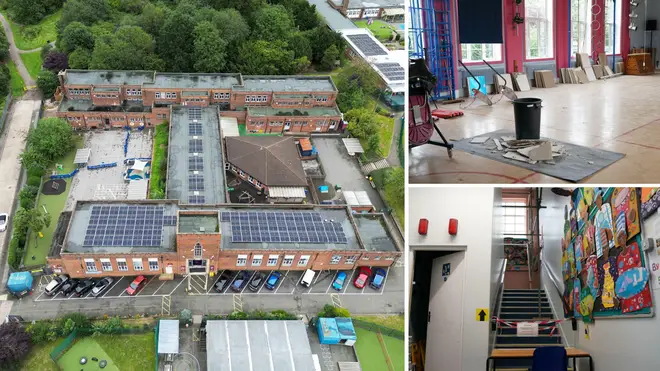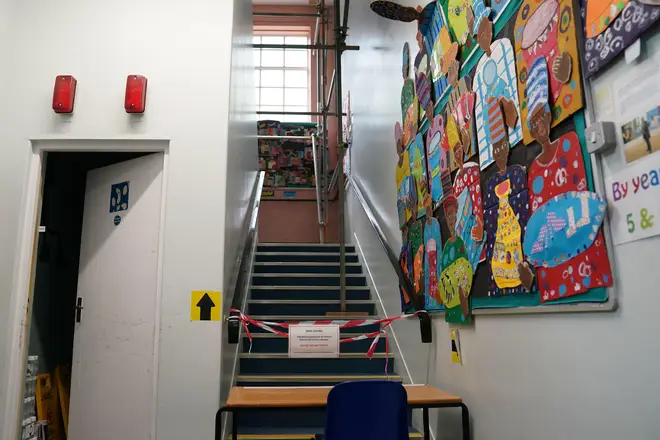
Clive Bull 1am - 4am
2 September 2023, 19:59 | Updated: 7 September 2023, 11:33

Headteachers across England are desperately rushing to try and find ways to safely reopen their schools following orders to shut buildings over unsafe concrete.
Those in schools affected by the unsafe concrete have been busy trying to rework timetables and find alternative classrooms to accommodate students ahead of Monday.
It comes after it emerged that safety measures have been put in place at 104 schools due to the presence of (RAAC), while 52 have been shut.
Pupils will be taught out of their classrooms or even off-site while urgent repairs are put in place amid fears over a type of material called RAAC that could cave in.
Many teachers have complained about the last-minute notice, as it comes just days before the new school year starts.
“We've been on the phone all day to temporary classroom companies... we have a very little playground [in one school] so actually getting 10 classrooms in there is going to be a challenge, and then there's the logistics of getting electricity run to it safely,” the CEO of Penrose Learning Trust said.
Parents in some schools have been warned that their children will have to eat school dinners in their classrooms, while children at one school in west London will have no choice but to bring in packed lunches as the canteen will be out of service.
Read more: Full list of schools affected by concrete safety fears so far as new closures confirmed

It comes as a massive blow to parents who have no care arrangements in place for their children.
The Department for Education (DfE) has so far failed to publish an official full list of schools with RAAC, though a list of schools understood to be affected has been collated.
The government said a full list of schools known to contain RAAC will be published, but that it wanted to wait for headteachers to make initial contact.
RAAC is a light and "bubbly" type of concrete that has sometimes been used in walls, floors and roofs.
But it has been compared to an aero chocolate bar in that it is weaker and less dense than other reinforced materials.
They were used in schools and other buildings, including hospitals, from the 1950s to the 1990s but it has a design life of about 30 years.
Now, schools minister Nick Gibb has revealed that a beam collapse in the summer led to the government deciding to take action, having previously believed the buildings were not at high risk.
Previously, in 2018, the roof of a school in Kent collapsed.
Students will still learn but will have their education disrupted by having to be taught outside of their usual buildings.
This could see them moved into temporary accommodation, away from affected buildings and classrooms, or put into different schools.
The government is assessing whether schools can carry on using their site - but not affected classrooms - or if children need to be moved offsite.
It will assess whether remedial works, such as propping up the ceiling with beams, will be necessary.